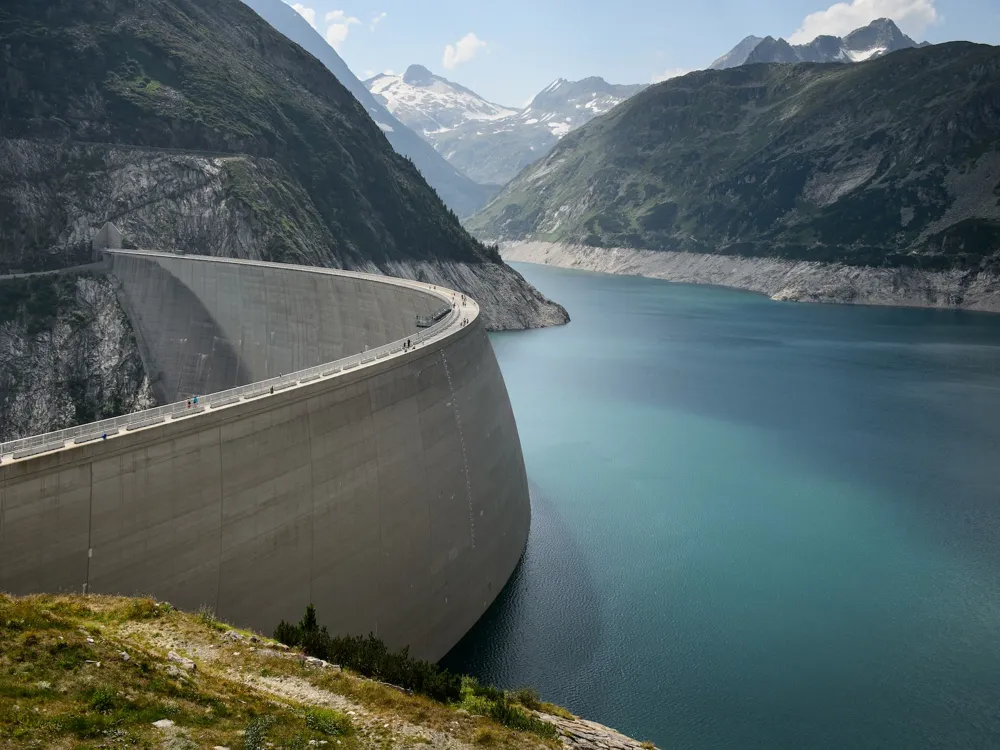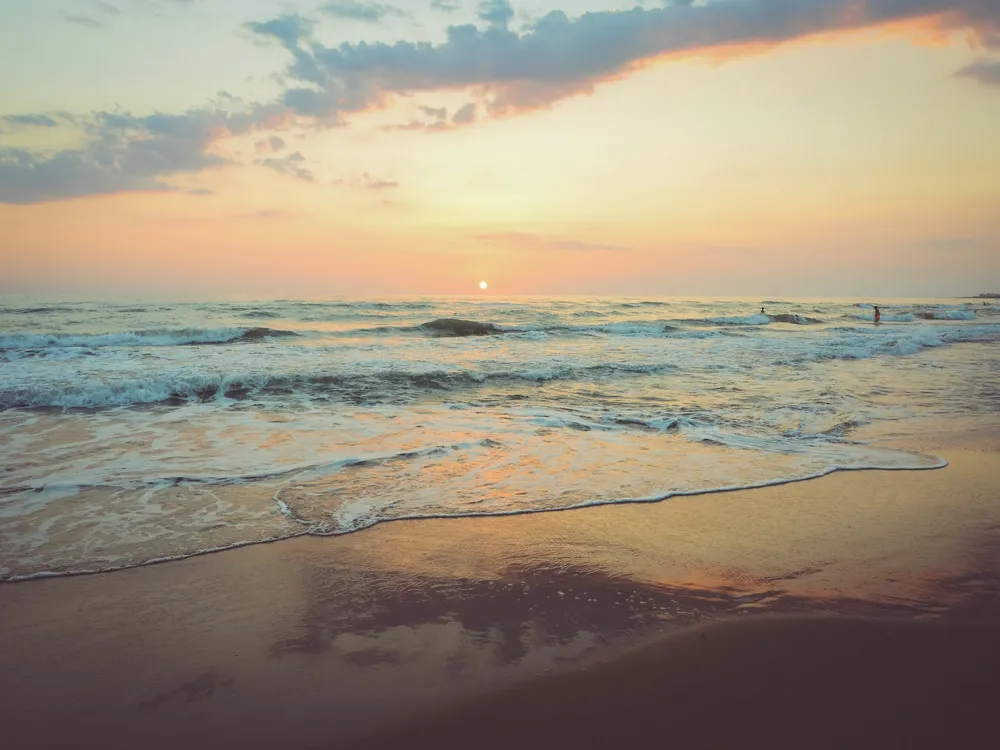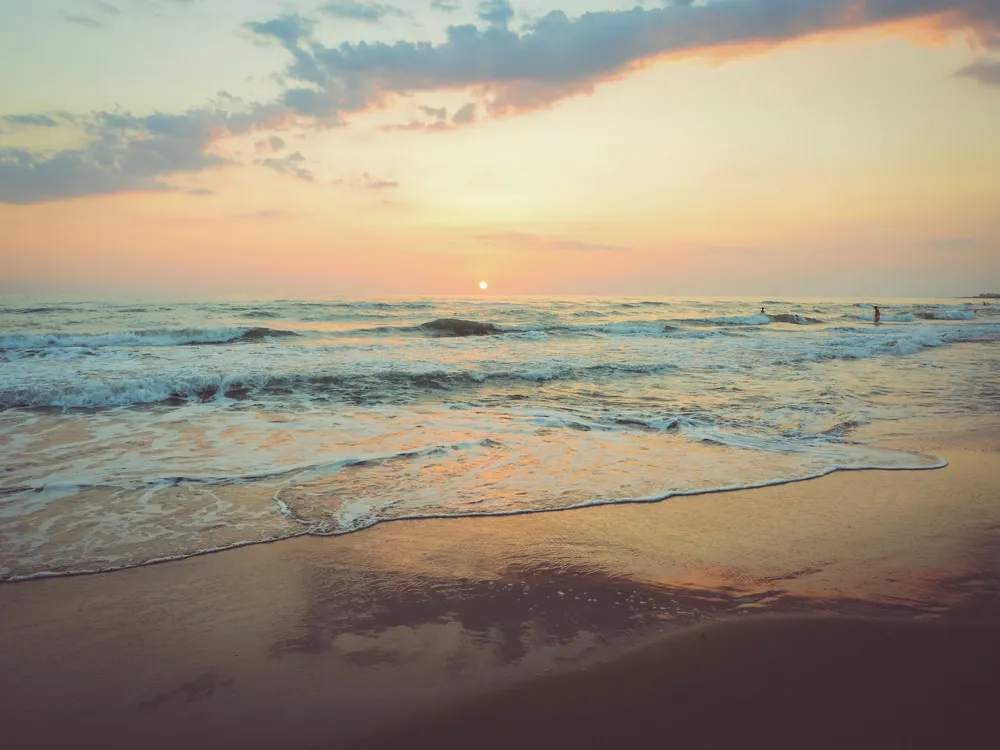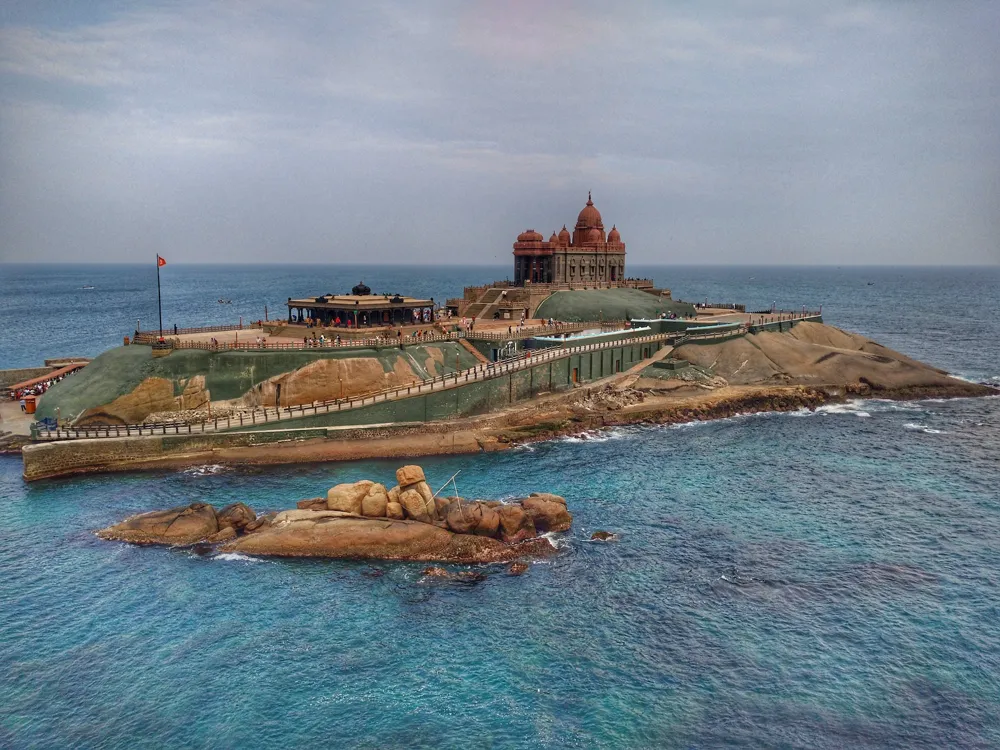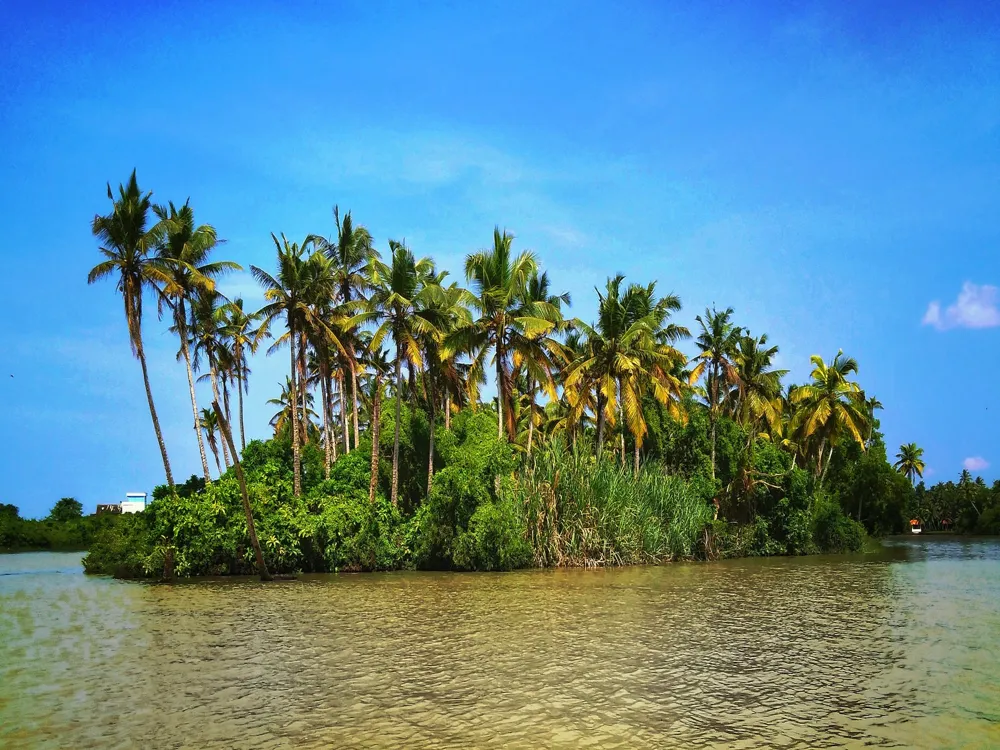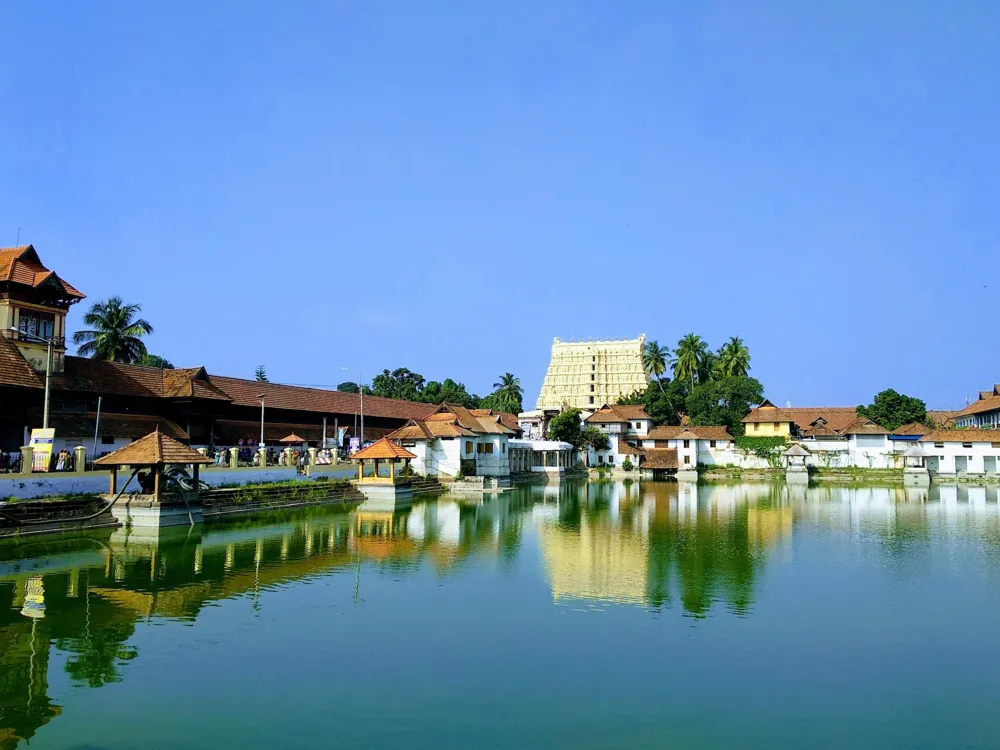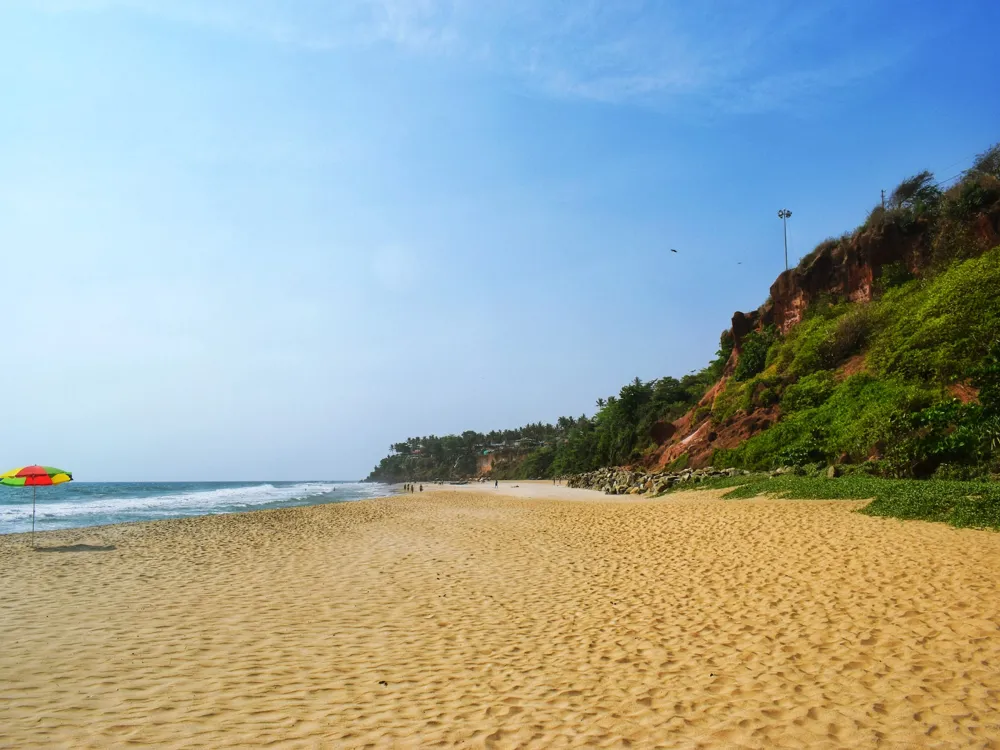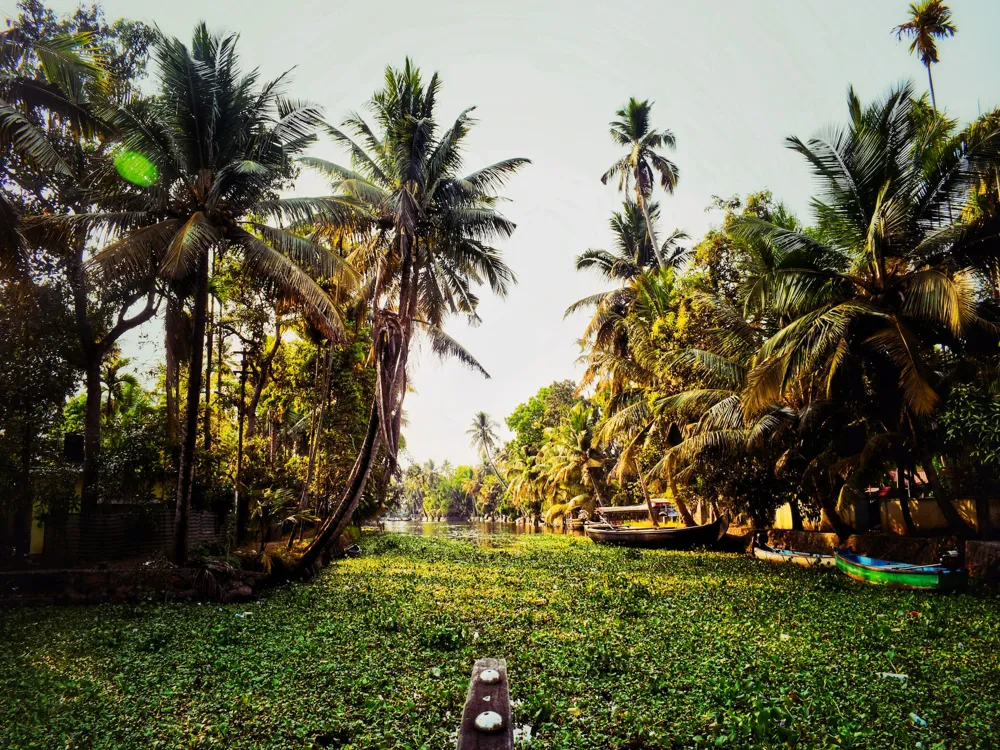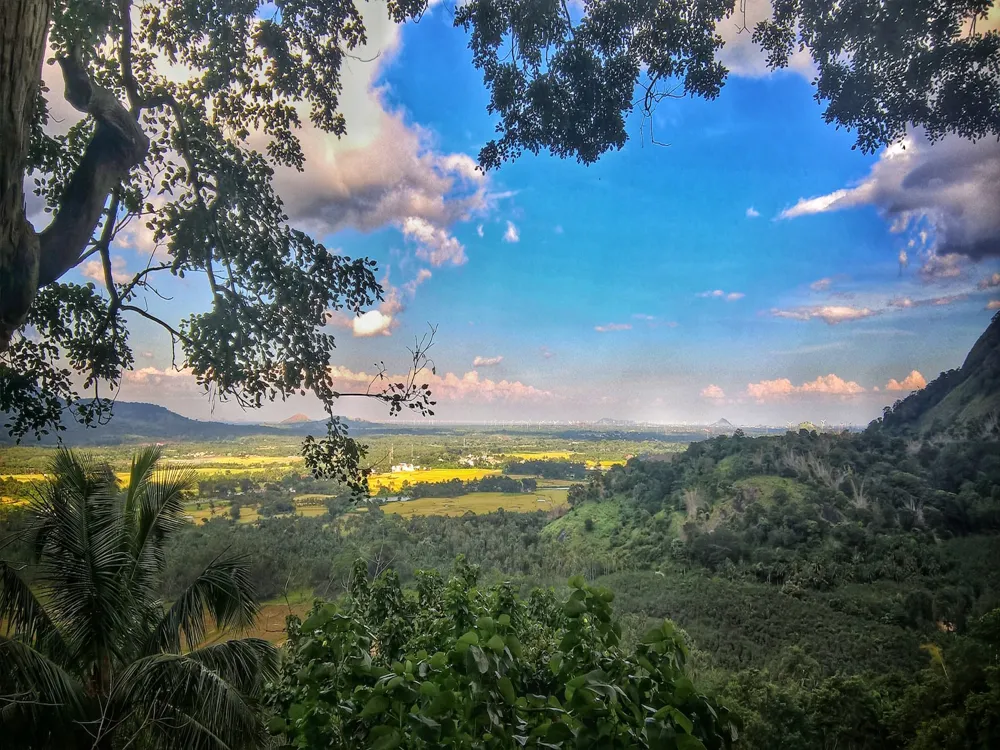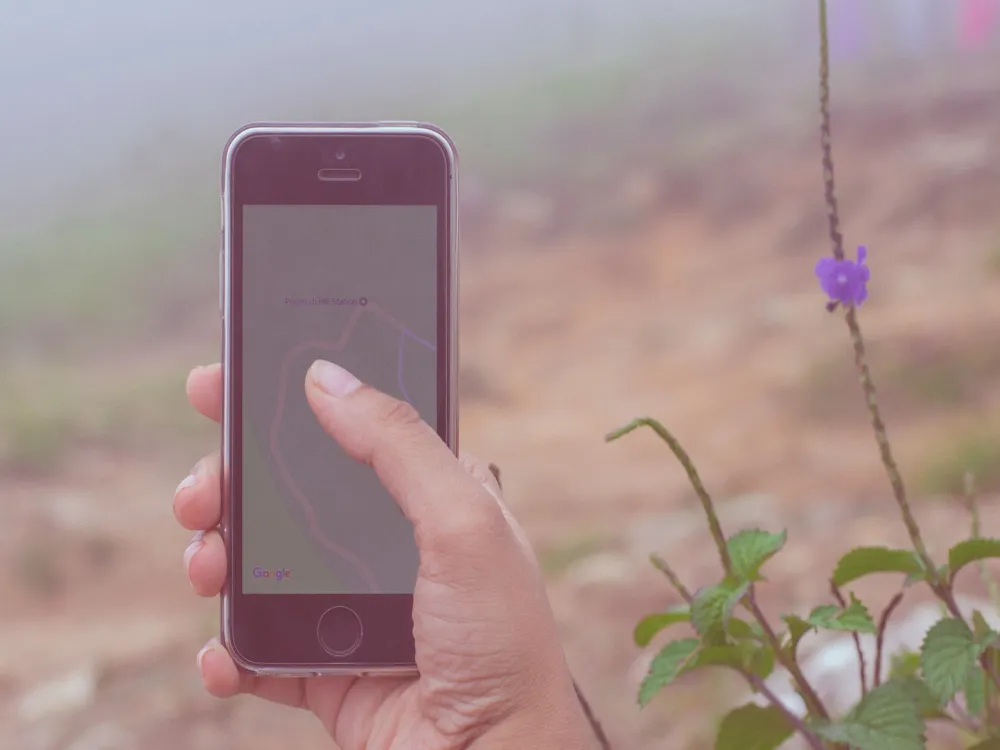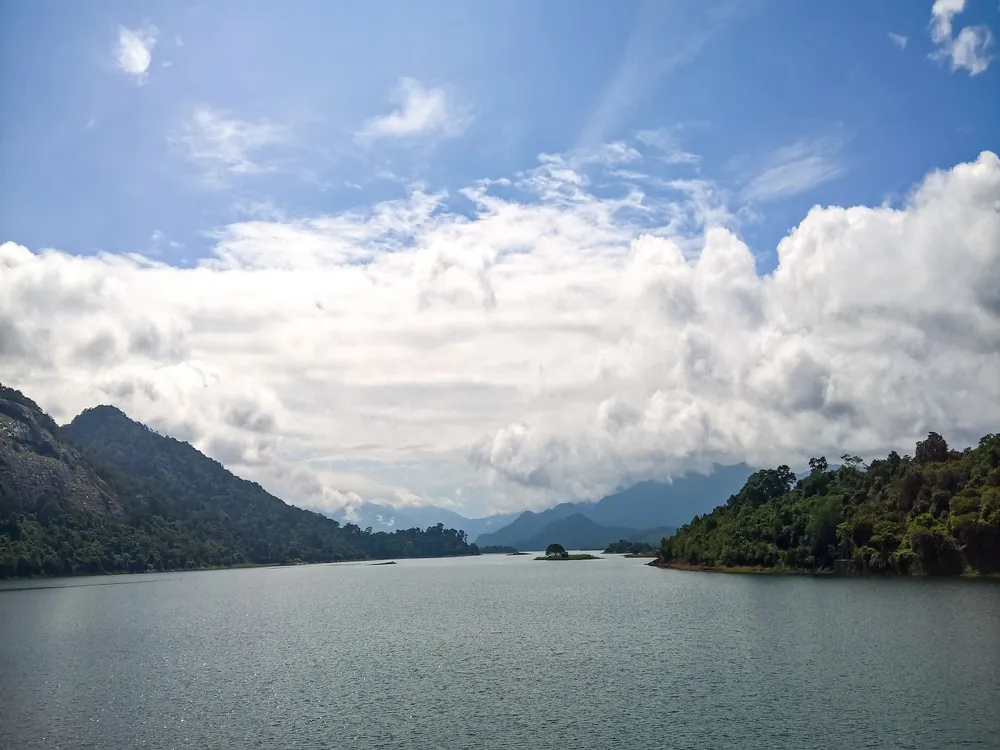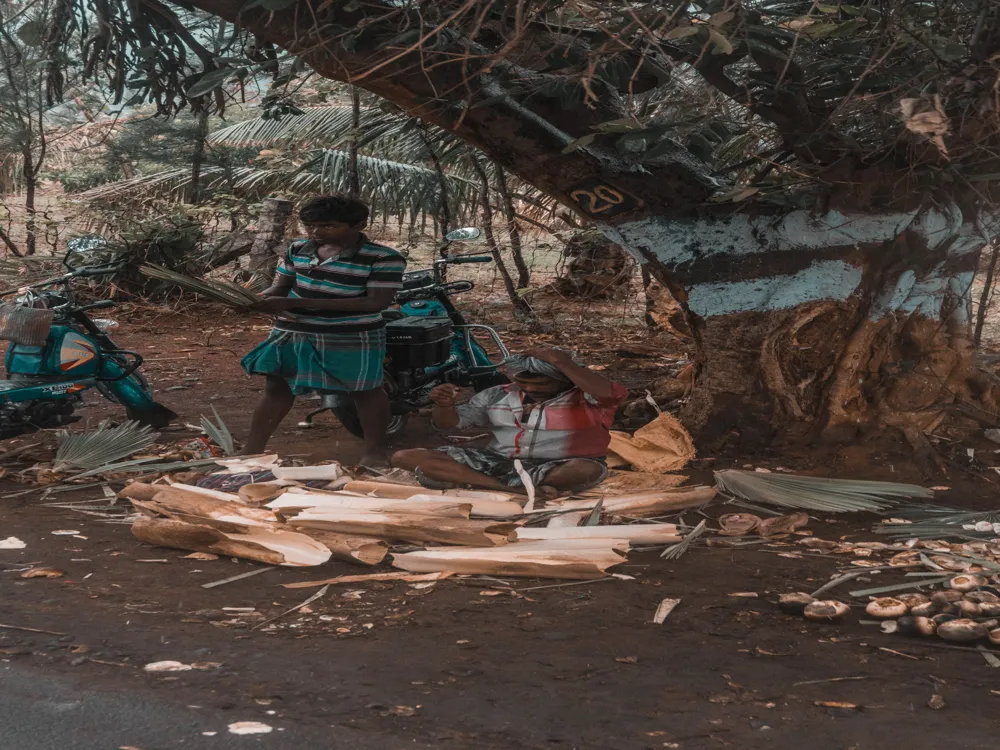Nestled in the serene landscape of Kerala, the Aruvikkara Dam stands as a testament to the region's rich heritage and engineering prowess. Located near the coastal town of Kovalam, this dam is not just a vital source of water but also a popular tourist attraction. The dam, built over the Karamana River, plays a crucial role in supplying water to the Thiruvananthapuram city and its surrounding areas. Its picturesque surroundings, marked by lush greenery and the tranquil river, make it an ideal spot for nature lovers and photography enthusiasts. The history of Aruvikkara Dam dates back to several decades, reflecting Kerala's commitment to sustainable water management. Over the years, it has evolved from a basic dam structure to a multi-purpose facility, supporting irrigation, fishing, and tourism. The region around the dam is rich in biodiversity, home to a variety of flora and fauna, adding to its ecological significance. The dam area also holds cultural importance, with the ancient Aruvikkara Devi Temple located nearby, attracting devotees throughout the year. Visitors to Aruvikkara Dam are greeted by the splendid view of the water reservoir, with the Western Ghats forming a majestic backdrop. The monsoon season, with the river in full spate, offers a particularly breathtaking spectacle. The dam's surroundings are perfect for leisurely walks, picnics, and bird watching, making it a favorite among families and nature enthusiasts. As an integral part of Kerala's water infrastructure, the dam also plays a significant role in the state's agricultural practices, supporting the livelihoods of many local communities. The Aruvikkara Dam is an architectural marvel that seamlessly blends functionality with aesthetic appeal. Its design reflects the advanced engineering techniques employed during its construction. The dam, predominantly made of concrete, spans a significant length across the Karamana River, harnessing its waters effectively. The structural integrity of the dam has been a focus, ensuring it withstands seasonal fluctuations in water flow and other environmental factors. One of the key features of Aruvikkara Dam's architecture is its spillway system, designed to manage excess water during heavy rains. This system plays a critical role in flood control, a vital aspect in the monsoon-prone region of Kerala. The spillways are equipped with gates that can be raised or lowered to control the water level in the reservoir, a testament to the dam's sophisticated water management capabilities. The architecture of the dam also takes into account the environmental impact, with measures in place to preserve the local ecosystem. This includes fish ladders to facilitate the migration of fish, ensuring the dam's operation does not disrupt the aquatic life in the river. The design also incorporates viewing platforms and walkways, allowing visitors to appreciate the scenic beauty of the area while understanding the dam's functioning. Furthermore, the dam's construction involved the use of locally sourced materials wherever possible, reducing the environmental footprint and supporting the local economy. The architectural style of the dam complements the natural beauty of Kerala, with its simple yet elegant lines blending into the landscape. This harmony between the built and natural environment is a key aspect of the dam's design philosophy, making it a symbol of sustainable development. The ideal time to visit Aruvikkara Dam is during the winter months, from October to March, when the weather is pleasant, and the landscape is lush. Monsoon season, from June to September, offers a unique experience with the river in full flow, but visitors should be cautious of heavy rains and strong currents. Visitors can engage in various activities like bird watching, photography, and leisurely walks along the dam. Picnicking near the reservoir is popular among families. Additionally, exploring the nearby Aruvikkara Devi Temple adds a cultural dimension to the visit. It is important to follow safety guidelines, especially during the monsoon. Visitors should avoid venturing too close to the water and adhere to the signposted areas. It's advisable to check for any local advisories or restrictions before planning a visit. Basic facilities like parking, restrooms, and small eateries are available near the dam. However, visitors are advised to carry essentials like water and snacks, especially if planning a longer stay. Aruvikkara Dam is easily accessible from Thiruvananthapuram, the capital city of Kerala. It is located about 16 kilometers from the city center. Visitors can reach the dam via private vehicles or public transport. Regular bus services are available from Thiruvananthapuram to Aruvikkara. For those preferring a more comfortable journey, taxis or rental cars can be arranged from the city. The nearest airport is the Trivandrum International Airport, from where the dam is approximately a 45-minute drive. The picturesque journey to the dam offers a glimpse into Kerala's rural landscapes and serene natural beauty. Read More:Overview of Aruvikkara Dam, Kovalam, Kerala
Architecture of Aruvikkara Dam
Tips When Visiting Aruvikkara Dam
Best Time to Visit
Activities to Enjoy
Safety Precautions
Facilities Available
How To Reach Aruvikkara Dam
Aruvikkara Dam
Kovalam
Kerala
₹ 7,000 onwards
View kovalam Packages
Weather :
Tags : Dam
Timings : 10:00 AM - 06:00 PM
Time Required : 1 Hr
Entry Fee : No entry fee
Planning a Trip? Ask Your Question
Kovalam Travel Packages
View All Packages For Kovalam
Top Hotel Collections for Kovalam

Private Pool

Luxury Hotels

5-Star Hotels

Pet Friendly
Top Hotels Near Kovalam
Other Top Ranking Places In Kovalam
View All Places To Visit In kovalam
View kovalam Packages
Weather :
Tags : Dam
Timings : 10:00 AM - 06:00 PM
Time Required : 1 Hr
Entry Fee : No entry fee
Planning a Trip? Ask Your Question
Kovalam Travel Packages
View All Packages For Kovalam
Top Hotel Collections for Kovalam

Private Pool

Luxury Hotels

5-Star Hotels

Pet Friendly








